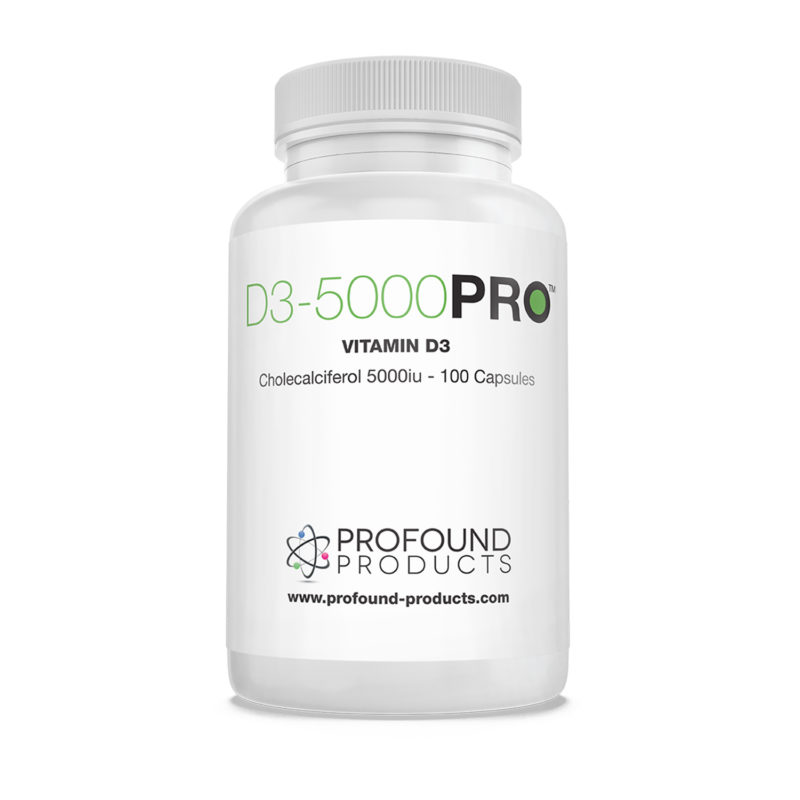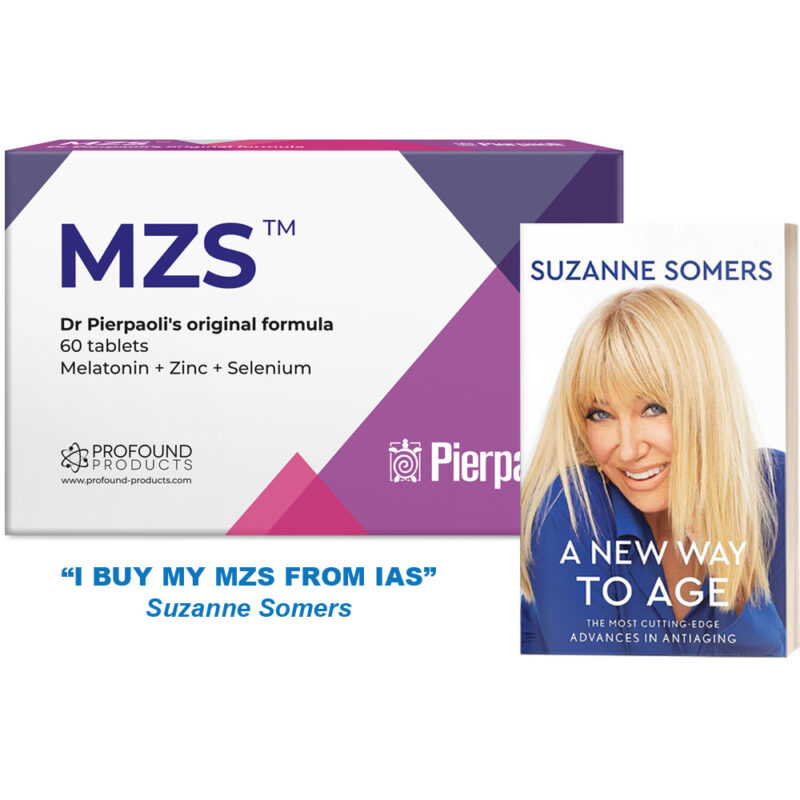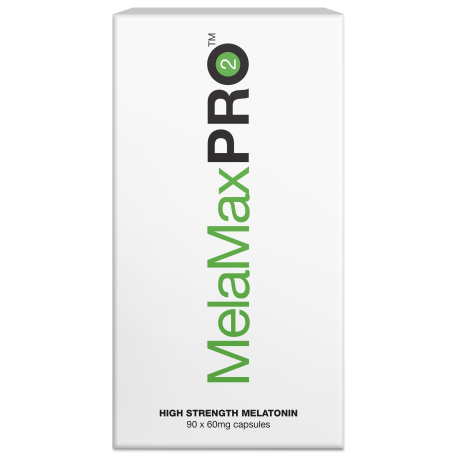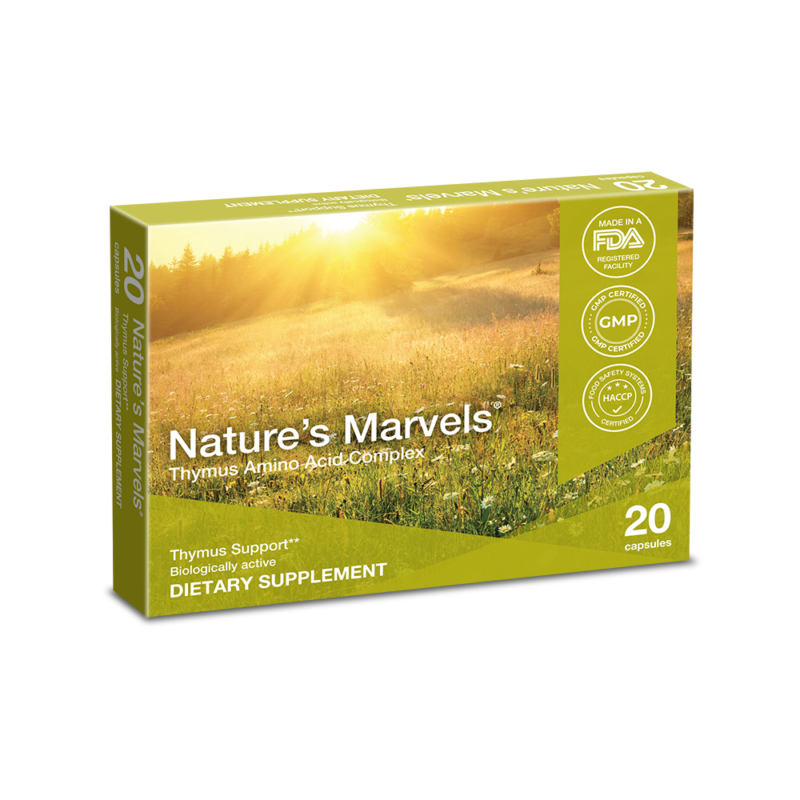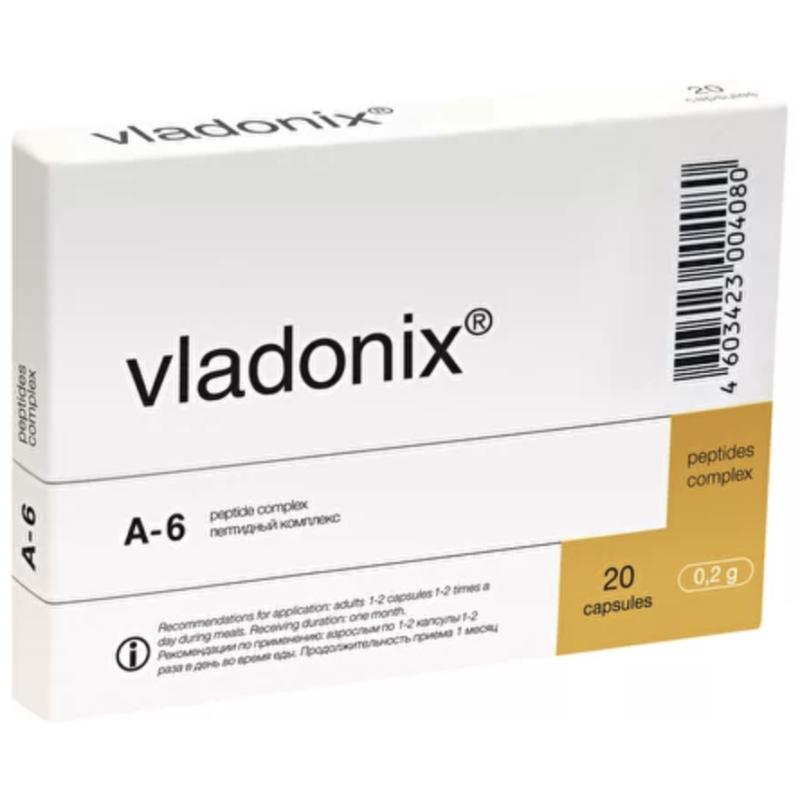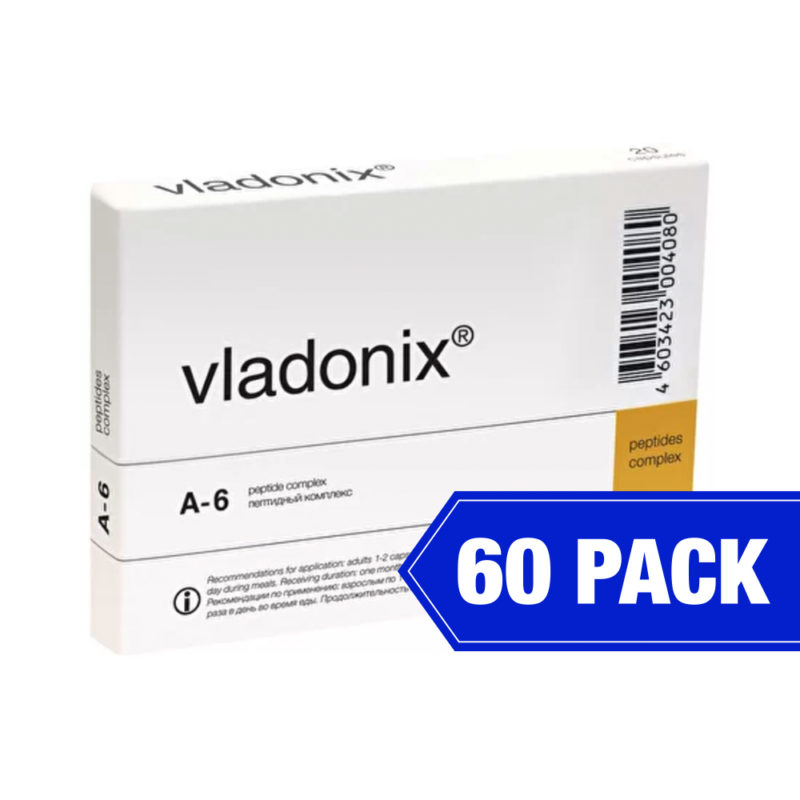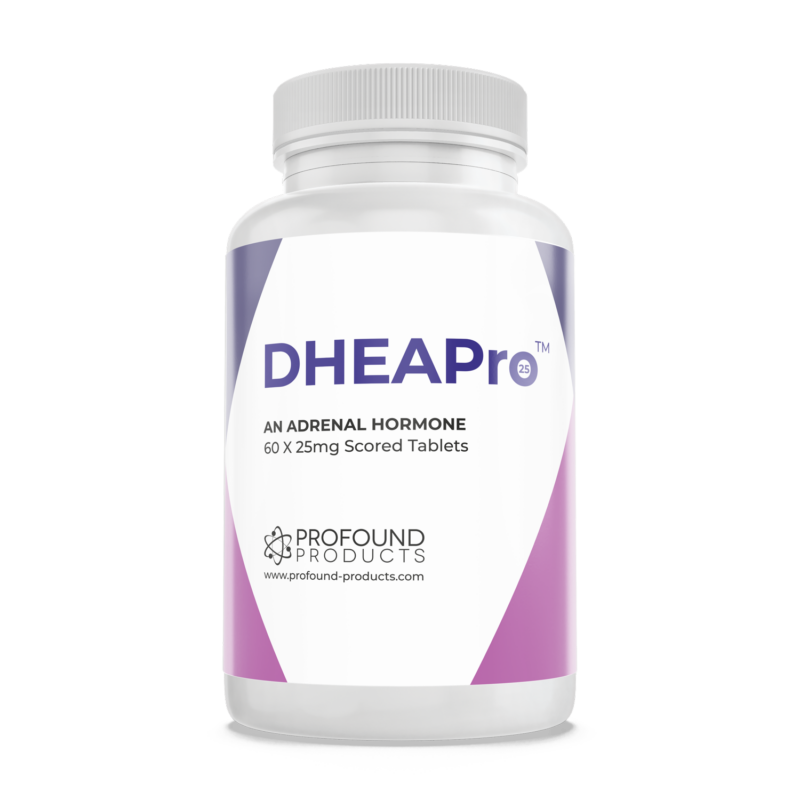H1N1 and beating the flu virus
The flu season is upon us and talk of the new flu virus (H1N1) dominates every-news broadcast. Speculation as to the number of people expected to contract the flu and who exactly is in the high risk group changes daily. The availability of the traditional seasonal flu vaccine is not in question. The traditional vaccine contains three influenza viruses-one A (H3N2) virus, one A (H1N1) virus, and one B virus. The viruses in the vaccine change each year based on international surveillance and scientists’ estimations about which types and strains of viruses will circulate in a given year. This year because the novel (H1N1) outbreak occurred in the spring after the annual flu vaccine was prepared, infectious disease specialists had no time to prepare a vaccine that would be effective against it. Therefore, about a month after receiving the annual flu vaccine, the ‘at risk’ population will be vaccinated specifically against the (H1N1). Production of the H1N1 vaccine has fallen behind initial predictions. The H1N1 influenza virus is responsive to Tamiflu, and to a lesser extent, Relenza. The US government chose to stockpile Tamiflu a few years ago anticipating the possibility of future pandemics, and supplies of Tamiflu were thought to be adequate. Apparently this is not the case. The CDC has just posted the pharmaceutical formula of Tamiflu on its website to enable compounding pharmacists to produce the medication, especially for children. To be most effective, the medication will need to be taken within the first 48 hours after infection. Of course, overuse of the antiviral medication could result in a treatment resistant strain of influenza. Do we really want to be relying on big Pharma and the government to protect us from this possible pandemic? Let’s look at some proactive strategies one can and should take in light of the unusual nature of this season’s flu viruses. These strategies will not only ensure one’s resilience to the predicted flu outbreaks, but will be the basis for a wellness and anti-aging program.
Any program to strengthen the immune system depends upon a sound foundation of healthy choices. These choices will include all the common sense things the media repeatedly makes us aware of [i.e. thorough hand washing, coughing into one’s elbow, staying home when sick] as well as some strategic interventions that are a little ‘outside the box’. These include all the common sense things we take for granted, as well as some strategic interventions that are a little ‘outside the box’. What follows is a brief description of a sound anti-aging, optimal health program.
Inflammation: a key player that weakens the immune system
In recent years we have come to understand that chronic inflammation plays a key role in age related pathologies. The irony is that our immune system, which ensures our survival from viruses, bacteria, acute injury, and trauma; can become a liability later in life. Chronic inflammation is associated with most age related morbidities. Scientists have recently coined the term ‘inflammaging’ to describe this chronic inflammation. The major changes that occur as the immune system ages [also called immunosenescence] are likely a function of accumulation of cellular and molecular defects, thymic involution, and hyperstimulation of innate and adaptive immunity.1 In a word, things just begin to wear out. After all, it was not long ago that life expectancy was in the neighborhood of the 5th decade of life. Successful aging relies on striking a balance between pro-and anti-inflammatory molecules.
The Role of Antioxidants [Bio En ‘R’G’Y’C] in Reducing Inflammation
There are many things that can cause the ‘chronic inflammation’ that affects us all. Everyone is familiar with the free radical theory of aging. Our bodies constantly generate free radicals and these free radicals contribute to inflammation. Antioxidants play a key role maintaining optimal function. The single most important antioxidant is vitamin C. In fact, humans are one of only 4 mammals without the ability to make their own vitamin C. Thanks to the work of Linus Pauling, it is apparent somewhere in evolution humans lost the fourth enzyme (L-gulonolactone oxidase) needed to convert glucose to ascorbic acid in the liver.2 Some scientists consider the loss of this enzyme an inborn error of metabolism. Mammals that do make their own vitamin C produce much more of it when they are under stress or subjected to a virus in an obvious attempt to saturate all cells with vitamin C.3 It is important that all cells are saturated with vitamin C, especially when we are exposed to the influenza virus. Based upon endogenous vitamin C during homeostasis and under stress, Pauling estimated the human requirement for vitamin C at 2.3 grams and 9.5 grams, respectively. There is also evidence vitamin C can suppress the replication of influenza A viruses. The major problem in recommending this amount of oral vitamin C is that it causes diarrhea. That problem has finally been resolved with the revolutionary product, Bio En’R-G’Y C.
Interestingly, the importance of Vitamin C has recently received more attention. Inflammation and oxidation are increasingly recognized as primary actors in all pathologies of aging – heart disease, diabetes, cancer, and autoimmune disease.5 6
The Role of Excess Weight/Fat in Oxidation and Inflammation
The role of excess weight and inflammation is no longer in question. Persistent inflammation is perhaps the common denominator in the genesis of nearly all age-associated health problems as well as immune dysfunction. Every disease of aging, including atherosclerosis, diabetes, arthritis, autoimmune disease and cancer is a function of a failing immune system, an immune system that is constantly in low grade inflammation mode.7 Adipose tissue was once considered a passive player in chronic inflammation. Mounting evidence highlights the role of adipose tissue in the development of a systemic inflammatory state that contributes to obesity associated vasculopathy and cardiovascular risk. It is now clear that adipocytes secrete inflammatory cytokines and chemokines.8 If one wants to do everything to prime one’s immune system and keep it functioning optimally, practicing some sort of calorie restriction in an effort to lose weight is important. As a nutritionist, I have no simple answers as to how to accomplish this. I will say in my practice, people have benefited from the use of metformin and resveratrol. Those are useful adjuncts to eating a low calorie, nutrient dense diet. Moderate exercise is helpful also.
The Gut
The GI tract is a crucial part of the immune system. The intestinal mucosa provides a primary barrier to recognize immediate bacterial and viral infections invading the gut. It is extremely important in the recognition of antigens thus preventing acute and chronic inflammation.9 The central role the gut plays in immune homeostasis cannot be overlooked.10 Many insults compromise the function of the GI tract and consequently the entire body. Life in the 21st century comes at a very dear price. There is no shortage of hidden toxic chemicals and heavy metals that accumulate in each of us. Those toxic burdens contribute to the chronic inflammation we are trying to fight. Our body has evolved with detoxification systems to ensure our survival. However, no organism can keep up with the level of hazards that exist in the industrial era. Therefore, any wellness program should include a detoxification strategy to rid the body of these unnecessary burdens. There are many options for doing this. One of the safest and easiest options is the use of zeolite.11 Zeolite is a natural, crystalline molecule that is able to trap heavy metal toxins like lead, aluminum, mercury, arsenic, cadmium and tin without robbing the body of beneficial trace minerals like zinc and molybdenum. Heavy metals increase the amount of oxidation that occurs in the body. Ridding the body of these metals play an important role in the antioxidant systems. Reducing the oxidation therefore reduces the ‘chronic inflammation’.
Hormones in Aging
To optimize one’s health, it will be advantageous to restore some hormones to a more a youthful level. We routinely consider estrogen/progesterone replacement, testosterone supplementation, thyroid supplementation and growth hormone supplementation. The central endocrine gland of the immune system is the thymus gland. How often do we think of supplementing the thymus gland?
The Thymus Gland
The thymus gland is the primary endocrine organ of the immune system. It is most active early in life and begins to shrink after puberty. The thymus is a “central lymphoid organ responsible for the production of naïve T cells, which play a vital role in mediating both cellular and humoral immunity”.12 The thymus is not only responsible for production of T cells, but also the deletion of excess T cells that can lead to autoimmunity. Involution of the thymus gland is thought to be one of the major contributing factors to loss of immune function with increasing age. However, more recent findings suggest that “thymic involution is a phenomenon secondary to age related alterations in the neuroendocrine-thymus interactions…”13 These same authors suggest that certain endocrine or nutritional manipulations can result in thymic re-growth and reactivation. Some of the things that are known to restore thymic function are growth hormone, melatonin, thyroxin, DHEA, arginine and zinc supplementation.14 15 Zinc appears to be particularly important. Zinc deficiency is associated with many malfunctions of the immune system in large part this is due to the fact that zinc decreases the activity of thymulin (a thymic hormone).16 There is a significant body of evidence that thymus gland extracts (TGE) have a broad range of activities. TGE has balanced CD4+/CD8+ ratios in individuals suffering from various immune dysfunction diseases.17 Thym-Uvocal®, a pharmaceutical grade TGE has been used in Europe since 1976. It is the only thymic extract that contains all the different peptide hormones secreted by the thymus gland. There are numerous anecdotal reports and trials conducted by the manufacturer demonstrating the efficacy of Thym-Uvocal®. One study demonstrated stimulation of phagocyte activity and successful treatment of chronic bacterial skin infections and chronic recurring intestinal candidiasis.18 The efficacy of supplementing the thymus gland is not in question. Recent research has focused on an injectable thymic peptide called thymulin.19 One can only guess that Thym-Uvocal® is overlooked primarily because the patent has long since run out. Some may question whether the combination of proteins in Thym-Uvocal® supplement survives the transport through the GI tract to reach its’ target organ. However the viability of these types of supplements was established long ago.
DHEA
It is well known that DHEA and DHEA(S) decline dramatically with age. Degenerative changes and chronic diseases associated with aging occur concurrently with this drop in DHEA. Epidemiological studies suggest that DHEA may have cardioprotective, anti-obesity, anti-diabetic, and immuno-enhancing properties. In 2007 researchers at the University of California confirmed this hypothesis.20 As the immune system ages a number of processes become compromised. Neutrophil function and cytotoxic capacity of natural killer cells declines. Because of thymic atrophy, the number of naïve T cells also declines. In addition, there is a decrease in B cell antibody production in response to antigens. One of the reasons this happens is a major imbalance occurs between the two adrenal hormones, cortisol and DHEA. DHEA supplementation promises to combat this endocrine disruption.21 This confirms Dilman and Dean’s neuroendocrine theory of aging. There is a dysregulation of the hypothalamus-pituitary-adrenal axis.
Melatonin
As previously mentioned, administration of exogenous melatonin is one of the nutritional manipulations that can trigger thymic regrowth in older animals and humans.23 While the activities of melatonin are not completely understood at this time, it is clear the hormone is involved in the immune system. Melatonin is synthesized by the pineal gland. It is also produced by many other tissues in the body, primarily lymphoid tissues such as bone marrow, thymocytes, and lymphocytes.24 The immunosenescence associated with aging correlates with the increased incidence of infectious and degenerative diseases. Innate, cellular and humoral immunity experience a decline in function. Circulating melatonin declines with age and many speculate it has an immunomodulatory effect. Administration of exogenous melatonin stimulates the production of progenitor cells for granulocytes and macrophages. It also stimulates the production of natural kill cells and CD4+ cells while inhibiting CD8+ cells. In addition, the production and release of various cytokines from natural killer cells and T helper lymphocytes is enhanced by melatonin.25 Studies have shown melatonin may be an adjuvant therapy in treating malignant tumors because of its antioxidative and immunostimulatory action in both in vitro and in vivo experiments.26 Researchers are just beginning to scratch the surface of the potential of melatonin.
Vitamin D3
After receiving my master’s degree in human nutrition, I had a variety of different work experiences. I had a clinical practice in the Complementary Health Center at UMass Memorial Hospital. I also did some consulting for a company called Scotia Pharmaceuticals. They manufacture essential fatty acids including GLA, EPA and DHA. I was a consultant for an ‘antiaging’ vitamin manufacturer in the US. As a consultant, I began to attend a number of medical conferences, continuing education programs for physicians, and alternative medicine meetings. I would often attend the medical lectures. I also spent a good deal of time ‘manning a booth’ in an exhibit hall. My role was to educate physicians about the benefits of various nutrients and supplements. As early as 1995 I began to say: “Mark my words, the next big vitamin is going to be Vitamin D!„ I began publishing articles on this topic in 2001 and convinced the vitamin company to manufacture a stand alone high dose vitamin D3 supplement. At that time 1,000 IUs was considered high dose. Ward Dean, MD was consulting with the same company at that time. The 1,000 IU capsule was controversial because many experts erroneously believe this dose of vitamin D3 could be toxic. Almost 10 years later, vitamin D3 [cholecalciferol] the active form of vitamin D is on every physicians radar screen. Even ‘conventional’ physicians are routinely now testing their patients’ serum levels of vitamin D. It is estimated that 70% of the people in the US are vitamin D deficient. I just brought my own blood work to a neurologist at Mass General Hospital. He asked “How did you get your vitamin D levels in the “sufficiency” range. He has yet to see a patient with adequate levels of vitamin D. I got into the sufficiency range because in 2001 I added 1,000 IUs of D3 to my vitamin program. I was already getting 800 IUs in my multivitamin so the extra D brought my levels close 1800 IUs per day. I live in New England and I am extremely ‘photosensitive’. In 2005, I increased my vitamin D3 intake to close to 3000 IUs per day. My internist checked my vitamin D levels in 2007 and although I did not have a vitamin D deficiency, I was not in what is considered the ‘sufficiency range’. For the last 2.5 years I’ve been taking 5,000 IUs of D3 per day. My 25 hydroxycholecalciferol levels are finally in the optimal range. The normal range is now considered to be 30 – 70 ngs/ml. My levels are over 50. At this point I will probably go back to the 2000 IU per day dose and check the levels again in a year to ensure my vitamin D status is still sufficient.
Vitamin D is far more than a simple vitamin. It is also a hormone. Scientists now recognize D3 is not just a key player in bone metabolism. It also has important immunomodulatory effects and is involved in the function of many organs and glands. Population Epidemiological studies show that further away from the equator one goes, the higher the incidence of various autoimmune diseases like MS and type 1 Diabetes. Adequate D3 levels are associated with better outcomes in cancer patients. Vitamin D3 improves host defense against infectious agents by increasing antimicrobial responses.27 An interventional study conducted in 2006 showed that vitamin D reduced the incidence of respiratory infections in children.28 Some researchers speculate that “pharmacologic doses of vitamin D3 (2,000 IU/ kg of body weight per day for 3 days) may produce enough of the naturally occurring antibiotic cathelicidin to cure common respiratory infections such as influenza and the common cold.”29 In the 1980’s, Edgar Hope-Simpson researched the various historic outbreaks of influenza A epidemics and an obvious pattern appeared. The influenza virus thrived in the colder months, and seemed to hibernate in the warmer months.30 This is true in both the southern and northern hemisphere. He was never able to pinpoint exactly what was the cause of this seasonal pattern. Michael Holick MD, the well known expert researcher in Vitamin D working with others in 2006, demonstrated in an interventional study, that the lack of exposure to sunshine or ultraviolet radiation, consequently the drop in vitamin D levels is what predisposes children to increased incidences of upper respiratory infections.31 It is now well established that a vitamin D deficiency is associated with virtually every disease of aging. A lot of controversy surrounds the appropriate dose of vitamin D3. Many physicians still believe high dosages of Vitamin D3 can be toxic. We now know this is not true. Vitamin D insufficiency is rampant throughout the world. Vitamin D insufficiency is often seen amongst people with autoimmune disease and rheumatologic illnesses. It is common in rheumatology practices in the US for physicians to prescribe 50,000 IUs per week. This loading dose is then followed by a daily dose of at least 1,000 IUs indefinitely. It is easy and inexpensive for physicians to draw a serum level of 25-OH Vitamin D to ensure an individuals adequate vitamin D3 status.
Zinc
Zinc has long been recognized as a key player in immunity. Zinc is essential for multiple cellular functions. Many of those cellular functions involve various aspects of the immune system. Zinc administration has had beneficial therapeutic value in a number of different settings. These include (but are not limited to) diarrhea of children, chronic hepatitis C, tuberculosis, pneumonia, acute lower respiratory tract infections, and the common cold. Zinc has been effective in decreasing oxidative stress and generation of inflammatory cytokines, particularly in the elderly.
Immuni-T3
With all the dire predictions of nasty flu bugs and viruses set to strike, it would be ideal to have a comprehensive formula of minerals, herbs, mushrooms, and nutrients with an established history of efficacy in boosting the immune system. Immuni-T3 is just such a comprehensive formula. It contains a panoply of novel nutrients that have been well studied for the efficacy. These include bovine colostrum extract which has demonstrated effectiveness in reducing upper respiratory infections in cyclers33 and shows promise as an inexpensive adjunct in the prevention of several microbial infections including influenza.34 Larch arabinogalctan gum is also contained in this formula. Larch AG is known for its immune enhancing properties.35 This unique product also contains astragulus,36 licorice root, olive leaf extract,37 Ashwaganda38 and Rhodiola39 all of which have positive effects on the immune system. This synergistic immune system blend includes oil of oregano,40 a mushroom extract base that includes Maitake41 , Shitake 42 , Reishi, Coriolus 43, and Cordyceps44 which are all beneficial according to current scientific research. There are many other special ingredients in this formula including 2 different probiotics. One more noteworthy component is from the purest aloe which of late has shown the ability to inhibit infectious diseases.
It will soon be winter. People gather together for all sorts of occasions and those events will generally take place indoors. It is wonderful to share good times with family and friends. Each of us is a little laboratory of ‘bugs, bacterias, and viruses’. It is wise to take common sense precautions, particularly hand washing. I hope I’ve presented you with many ways to ensuring a healthy body, and a healthy immune system will. These strategies will give us our best defenses against all sorts lurking pathogens.
1 Ostan R, Bucci L, Capri M, et al. Immunosenescence and immunogenetics of human longevity. Neuroimmunomodulation.2008;15(4-6):224-40. 2 Roy RN, Guha BC. Species difference in regard to biosynthesis of ascorbic acid. Nature. 1958;182:319-20. 3 Pauling L. Evolution and the need for ascorbic acid. Pro Nat Acad Sc. 1970;67:1643-1648. 4 Jariwalla RJ, Roomi MW, Gangapurkar B, et al. Suppression of influenza A virus antigen production and neuraminidase activity by a nutrient mixture containing ascorbic acid and green tea extract and amino acids. Biofactors. 2007;31(1):1-15. 5 Konya C, Ferdinandy P. Vitamin C: new role of the old vitamin in the cardiovascular system? Br J Pharm. 2006;147:125-127. 6 Carr AC, Frei B. Toward a new recommended dietary allowance for vitamin C Based on antioxidant and health effects in humans. Am J Clin Nutr. 1999;69:1086-1107. 7 Khatami M. Inflammation, Aging, and Cancer: Tumoricidal versus tumorigenesis of immunity: a common denominator mapping chronic diseases. Cell Biochem Biophsys. 2009. [Epub ahead of print]. 8 Calabro P, Golia E, Maddoloni V, et al. Adipose tissue-mediated inflammation: the missing link between obesity and cardiovascular disease? Intern Emerg Med. 2009; 4(1):25-34. 9 Hausmann M, Rogler G. Immune-non immune networks in intestinal inflammation. Curr Drug Targets. 2008;9(5):388-94. 10 Wolowczuk I, Verwaerde C, Viltart O, et al. Feeding our immune system: impact on metabolism. Clin Dev Immunol. 2008;2008:639803. 11 Erdem E, Karapinar N, Donat R. The removal of heavy metal cations by natural zeolites. J of Colloid and Interface Sci. 2004; 280:309-314. 12 Gruver AL, Hudson LL, Sempowski GD. Immunosenescence of aging. J Pathol. 2007; 211(2):144-56 13 Mocchegiani E, Santarelli L, Cipriano C, et al. Plasticity of neuroendocrine-thymus interactions during ontogeny and aging: role of zinc and arginine. Ageing Res Rev.2006; 5(3):281-309 14 Mocchegiani E, Santarelli L, Cipriano C, et al. Plasticity of neuroendocrine-thymus interactions during ontogeny and aging: role of zinc and arginine. Ageing Res Rev.2006; 5(3):281-309 15 Fahy GM. Apparent induction of partial thymic regeneration in a normal human subject: a case report. J Anti Aging Med. 2003;6(3):219-27 16 Prasad AS. Zinc: mechanisms of host defense. J Nutr. 2007; 137(5):1345-9. 17 Cazzola P. et al. In vivo modulating effect of a calf thymus acid lysate on human T cell subsets and CD4+/CD8+ in the course of different diseases. Curr Ther Res.1987;42:1011-1017. 18 Hagedorn M. Stimulation of phagocyte activity by Thym-Uvocal in chronic skin infections. Onkologie. 1989; 12 Suppl 3:39-40;42. 19 Regggiani PC, Morel GR, Console GM, et al. The thymus-neuroendocrine axis: physiology, molecular biology, and therapeutic potential of the thymic peptide thymulin. Ann N Y Acad Sci. 2009;1153:98-106. 20 Von Muhlen D, Laughlin GA, Kritz-Silverstein D, Barrett-Connor E. The Dehydroepiandosterone and WellNess (DAWN) study: research design and methods. Contemp Clin Trials.2007;28(2):153-68. 21 Buford TW, Willoughby DS. Impact of DHEA(S) and cortisol on immune function in aging: a brief review. Appl Physiol Nutr Metab.2008;33(3)429-33. 22 Dilman VM, Dean W. The Neuroendocrine Theory of Aging and Degenerative Disease, Center for Bio-Geronontology, 1992. 23 Mocchegiani E, Santarelli L, Costarelli L, et al. Plasticity of neuroendocrine-thymus interations during ontogeny and ageing: role of zinc and arginine. Ageing Res Rev. 2006; 5(3):281-309. 24 Srinivasan V, Spence DW, Trakht I, et al. Immunomodulation by melatonin: its significance for seasonally occurring diseases. Neuroimmunomodulation.2009;15(2):93-101. 25 Cardinali DP, Esquifino AI, Srinivasan V, Pandi-Perumal SR. Melatonin and the immune system in aging. Neuroimmunomodulation.2008;15(4-6):272-8. 26 Dziegiel P, Podhorska-Okolow M, Zabel M. Melatonin: adjuvant therapy of malignant tumours. Med Sci Monit. 2008;14(5):RA64-70. 27 Baeke F, Etten EV, Overbergh L, Mathieu C. Vitamin D3 and the immune system: maintaining the balance in health and disease. Nutr Res Rev. 2007;20(1):106-18. 28 Cannell JJ, Vieth R, Umhau JC, Holick MF, et al. Epidemic influenza and vitamin D. Epidemiol Infect. 2006;134(6):1129-40 29 Cannell JJ, Hollis BW. Use of vitamin D in clinical practice. Altern Med Rev. 2008;13(1):6-20. 30 Hope-Simpson ER, Golubev EB. A new concept of the epidemic process of influenza a virus. Epidemiol Inf. 1987; 99(1):5-54. 31 Cannell JJ, Veith R, Umhau JC, Holick MF, et al. Epidemic influenza and vitamin D. Epidemiol Infect. 2006; 134(6):1129-40. 32 Prasad AS. Zinc: role in immunity, oxidative stress and chronic inflammation. Curr Opin Clin Nutr Metab Care. 2009 [Epub ahead of print] 33 Shing CM, Peake J, Suzuki K, et al. Effects of bovine colostrum supplementation on immune variables in highly trained cyclists. J Appl Physiol.2007;102(3):1113-22. 34 Biswas P, Vecchi A, Mantegani P, et al. Immunomodulatory effects of bovine colostrum in human peripheral blood mononuclear cells. New Microbiol. 2007;30(4):447-54. 35 Kelly GS. Larch arabinogalactan: clinical relevance of a novel immune-enhancing polysaccharide. Altern Med Rev. 1999;4(2)96-103. 36 Brush J, Mendenhall E, Guggenheim A, et al. The effect of Echinacea purpurea, Astragulus membranaceus and Glycyrrhiza glabra on CD 69 expression and immune cell activation in humans. Phytother Res.2006;20(8)687-95. 37 Roxas M, Jurenka J. Colds and influenza: a review of diagnosis and conventional, botanical, and nutritional considerations. Altern Med Rev. 2007;12(1):25-48. 38 Mikolai J, Erlandsen A, Murison A, et al. In vivo effects of Ashwagandha (Withania somnifer) extract on the activation of lymphocytes. J Altern Complement Med. 2009;15(4):423-30. 39 Mishra KP, Ganju L, Chandra S, Karan D, Sawhney RC. Aqueous extract of Rhodiola imbricate rhizome stimulates Toll-like receptor 4, granzyme-B and Th1 cytokines in vitro. Immunology. 2009;214(1):27-31. 40 Bimczok D, Rau H, Sewekow E, et al. Influence of carvacrol on proliferation and survival of porcine lymphocytes and intestinal epithelial cells in vitro. Toxicol In Vitro. 2008’22(3)”652-8. 41 Obi N, Hayashi K, Miyahara T, et al. Inhibitory Effect of TNF-alpha produced by macrophages stimulated with Grifola frondosa extract on the growth of influenza A/Aichi/2/68 virus in MDCK cells. Am J Chin Med. 2008;36(6):1171-83. 42 Lee HH, Lee JS, Cho JY, Hong EK. Study on immunostimulating activity of macrophage treated with purified polysaccharides from liquid culture and fruiting body of Lentinus edodes. J Microbiol Biotechnol. 2009;19(6)566-72. 43 Jeong SC, Yang BK, Kim GN, et al. Macrophage-stimulating activity of polysaccharides extracted from fruiting bodies of Coriolus (Turkey Tail Mushroom). J Med Food. 2006;9(2):175-81 44 Cheung JK, Li J, Cheung AW, Zhu Y, et al. Cordysinocan, a polysaccharide isolated from cultured Cordyceps, activates immune responses in cultured T-lymphocytes and macrophages: signaling cascade and induction of cytokines. J Ethnopharmacol. 2009;124(1):61-8. 45 Tamura N, Yoshida T, Miyaji K, Sugita-Konishi Y, Hattori M. Inhibition of infectious diseases by components of Aloe vera. Biosci Biotechnol Biochem. 2009;73(4):950-3.
